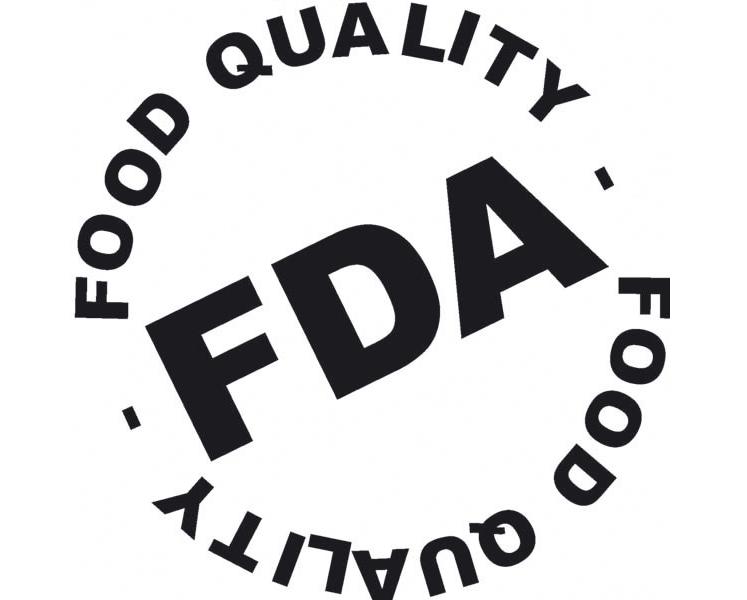Health Pros In The Stimulus Bill
The economic stimulus plan is giving health care spending over $140 billion. The money is being divided into many plans of actions in areas of the field that need relief.
$19 Billion in grants are going to updating medical equipment used for prescribing and making records electronic. Most companies have not done this yet because of how expensive it is to make the upgrade. This gesture is making and effort to improve the efficiency long term in the medical field.
$25 Billion is going to help COBRA, for employees who lost their jobs and receive COBRA for health insurance, they right now have to pay the full premium alone. The bill will help lower income workers and pay 65% of their coverage.
$87 Billion will help Medicaid who right now need to make cutbacks on insurance to make up for not meeting the budget. The bill will make it so they do not have to make the cutbacks and can continue like normal.
$1.1 Billion are going to medical research in comparing drugs to see which one is most beneficial to the patient. Some drugs work just as well as the other, but one maybe a lot cheaper. So this money will go to determining the best drug possible for the patient.
- 0 Comments
- Post a comment
Texting Shows Improvement

Texting after a teen faints or has a panic attack has proven to be a sign that they are improving. Places such as concerts and festivals uses this to determine how the teens are doing they say. A lot of times during the shows they see hundreds of people an hour especially teens. Some have fainted or panicked due to large crushing crowds, or not have enough fluids in them or being in one position standing still too long. The medical workers at these festivals say that once the teens start texting it shows them they are thinking cognitively and using dexterity. They also look for the normal signs of being able to go about and walk and talk normally. This also takes brain function and is a good sign the teen is getting better.
More News About Peanut Butter Recall

There is now a Nation wide recall of all peanut butter products from the last couple of years at the Peanut Corporation of America’s Georgia plant. Peanut Corporation of America has recalled all products from January 1, 2007 until the present. They did not tell State and Federal Authorities about the extent of the salmonella contamination. Officials are trying to find out if all of the contaminated products have already been used or are still on shelves, they do not know the extent of the problem at this time. There is going to be a federal investigation of criminal acts involving the Georgia plant. You can go to the FDA’s website to find a list of recall products. There is also a list of products that are safe to eat at the American Peanut Council. Outbreaks of salmonella have seemed to of calmed down recently. But still check out products before consuming them.
Generalized Anxiety Disorder In Older Adults

Older adults have been a part of a study for the use of medication for Generalized Anxiety Disorder. Studies have been done in adults and young adults, but very little for older adults. The study found medication to be moderately useful. 85 older adult patients in the study were placed on Lexapro and 92 were given a placebo. Average age for this study is about 71 years old. At the end of 12 weeks the study showed that 7% over half of the patients that were on the Lexapro showed an improvement with their daily functioning and their GAD. 5% under half taking the placebo showed a positive result. These numbers are post drop out. The medicine takes about 4 weeks to get in the patients system and begin to work. But the researchers say if you stick with the plan, you will most likely see beneficial results.
ER Physicians

There has been a study done on the amount of emergency room doctors that are available to meet the needs of the hospitals. As of now, there are many hospitals that do not have enough staff for their emergency room physicians with education in board certified emergency training.
The study showed in 2005, only fifty percent of the demand of this type of training in hospitals was met. They are looking into other ways to alleviate these problems, such as giving general doctors more training and relying more on the nurse practitioners and assistants to aid the emergency physicians in the emergency rooms.
